
AeroGenie — Your Intelligent Copilot.
Trending
Categories
Michael Gresley Named to 2025 AMT Under 40 List

Michael Gresley Named to 2025 AMT Under 40 List
Michael Gresley, a continuous improvement specialist and quality assurance technical publications administrator at AAR – MRO Services Indianapolis, has been honored with a place on the prestigious 2025 AMT Under 40 list. His career in aviation was launched through service in the Air National Guard, where he worked as a crew chief on an A-10C Thunderbolt II team. Gresley progressed through various roles, including dedicated crew chief for the A0214 aircraft and technical orders data analyst, experiences he regards as fundamental to his professional development.
Reflecting on his career path, Gresley stated, “Joining the military led me to where I am today. My interest in aviation and the opportunities provided to me by the military sparked my passion for the field. Upon entering civilian aviation, I obtained my A&P license, which ultimately led me to my current role in quality assurance and continuous improvement.” His dedication to both personal and professional growth is evident in his achievements, notably earning a college degree and Lean Six Sigma certification while balancing full-time work and family responsibilities. Gresley also emphasized his active participation in collaborative continuous improvement projects that have generated significant cost savings and enhanced workplace safety.
Leadership and Industry Impact
Kelly Sauer, Vice President of Operations and Acting General Manager at AAR – MRO Services Indianapolis, highlighted Gresley’s substantial contributions: “Just one of Michael's continuous improvement initiatives this year saved the operation over $300,000 in equipment costs. More importantly, it reduced the risk of that particular operation from high to low, improving overall safety by a factor of 10.” This recognition comes amid growing attention to emerging leaders in the aviation and automotive sectors. Gresley’s inclusion in the AMT Under 40 list places him alongside other notable rising professionals, such as Zachary Zinn and Jake Sodikoff, who have been recognized by Automotive News’ 40 Under 40.
The increased visibility afforded by such honors may attract further interest in Gresley’s approach to dealership operations and draw potential investor attention. At the same time, competitors are likely to intensify efforts to distinguish their own achievements and leadership styles, leveraging similar accolades to enhance their industry standing.
Gresley expressed his professional philosophy, saying, “I want to help facilitate change, innovation, and improvement in the pursuit of excellence in safety and quality. I enjoy the problem-solving opportunities in my job as well as working to educate and develop others.” Offering guidance to those entering the aviation field, he advised, “Never stop asking questions and identify mentors—absorb as much practical experience as you can from them.”
Gresley’s recognition not only highlights his individual accomplishments but also reflects the evolving landscape of young leadership within aviation maintenance, as peers and competitors respond to the growing influence of the next generation.

How AI and Global Connectivity Are Shaping Air Travel in 2026
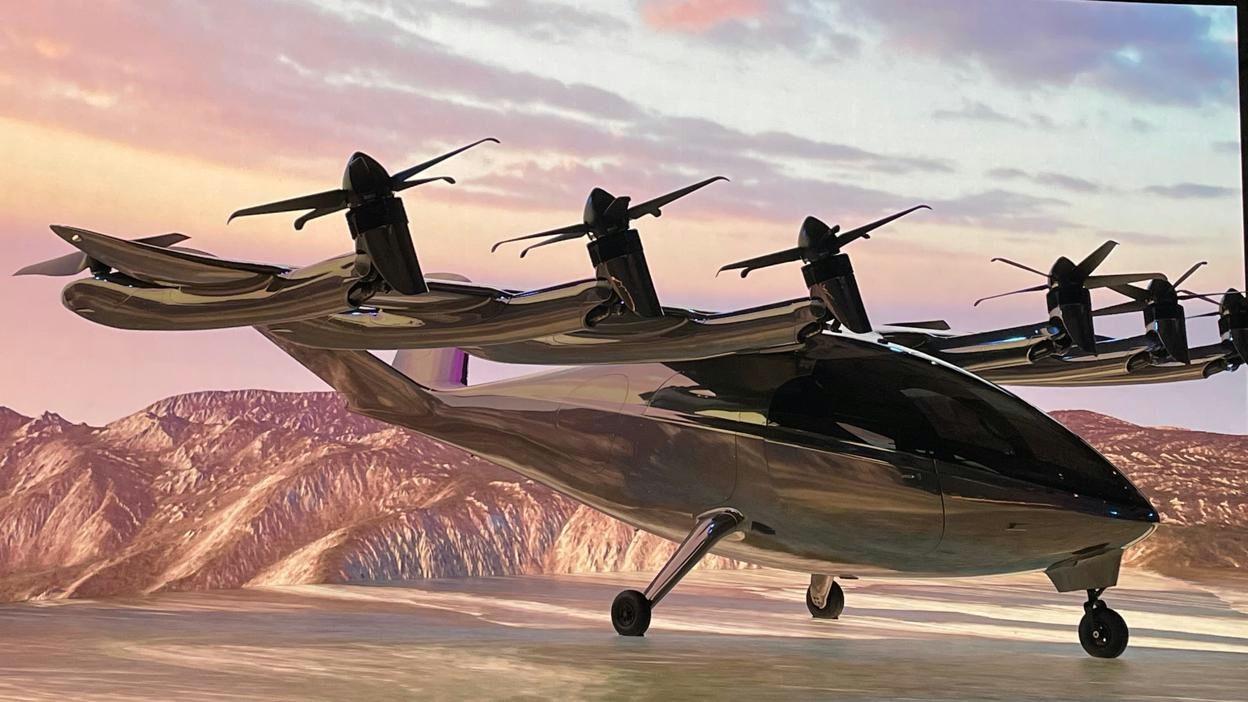
Valo eVTOL: The 150 MPH Electric Air Taxi with an Unusual Sound
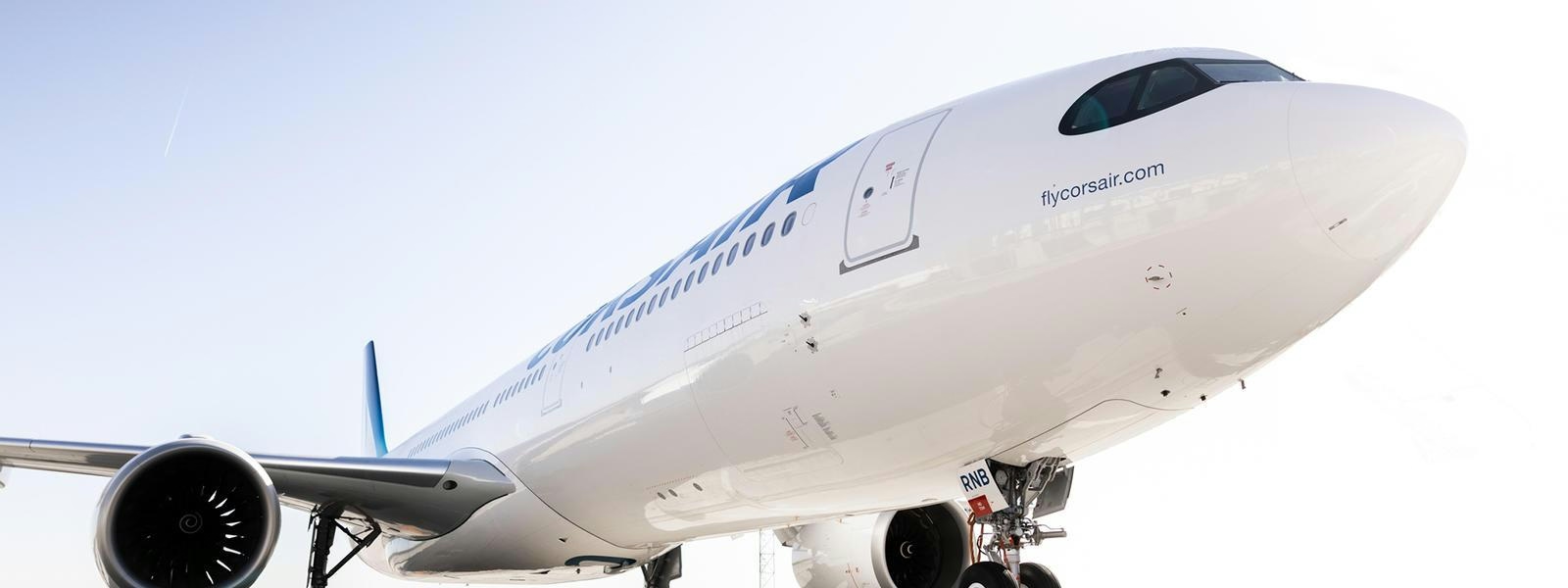
Corsair Completes First In-House C Check on Airbus A330neo at Paris-Orly

Pegasus Airlines Finalizes Deal for Up to 300 CFM LEAP-1B Engines
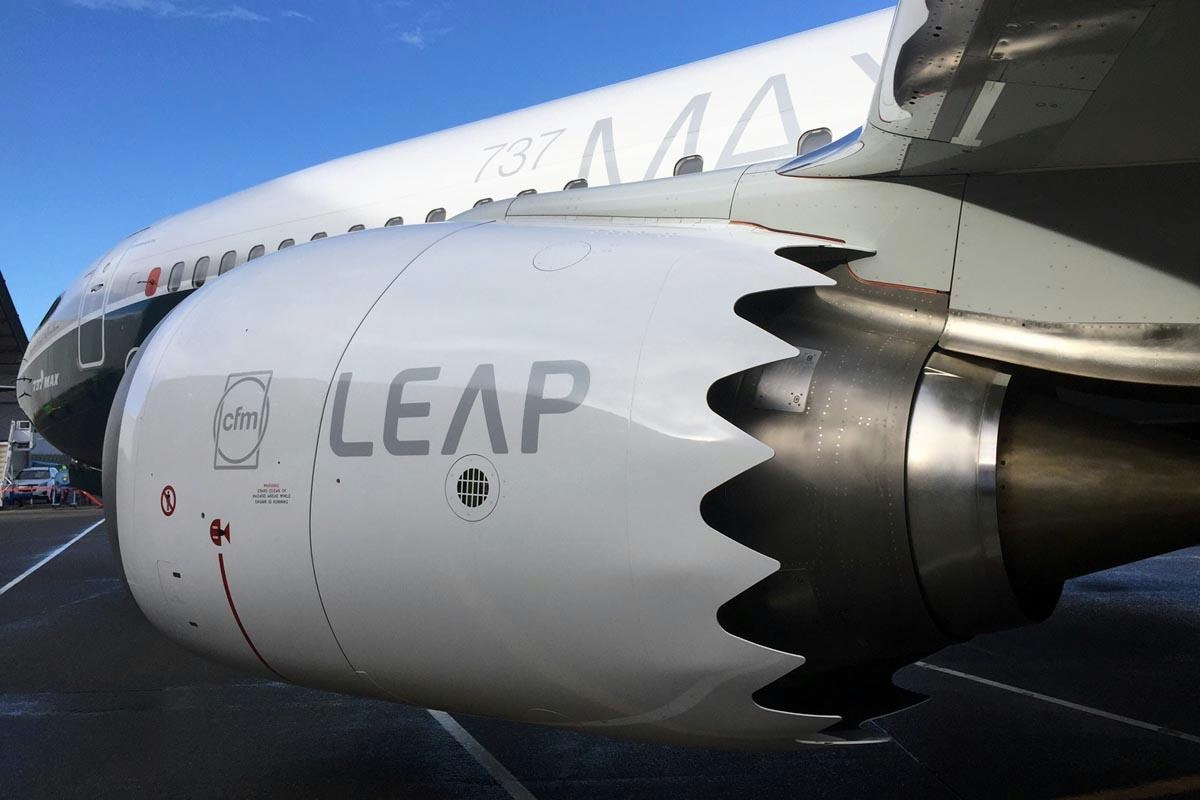
Pegasus Airlines Finalizes Agreements for CFM Leap-1B Engines
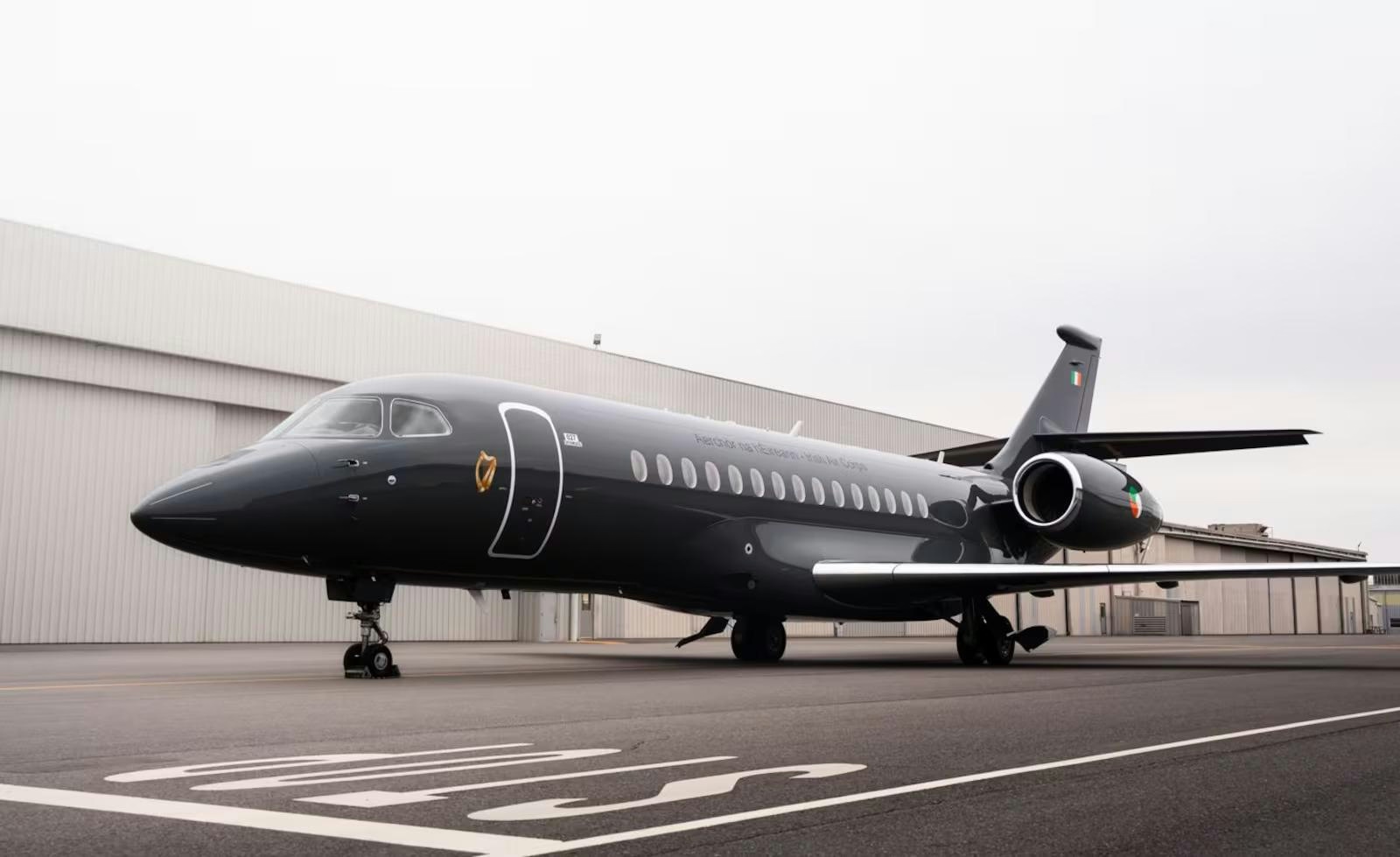
Irish Air Corps Receives New Falcon 6X for VIP Operations

China Airlines places firm order for five additional Airbus A350-1000s
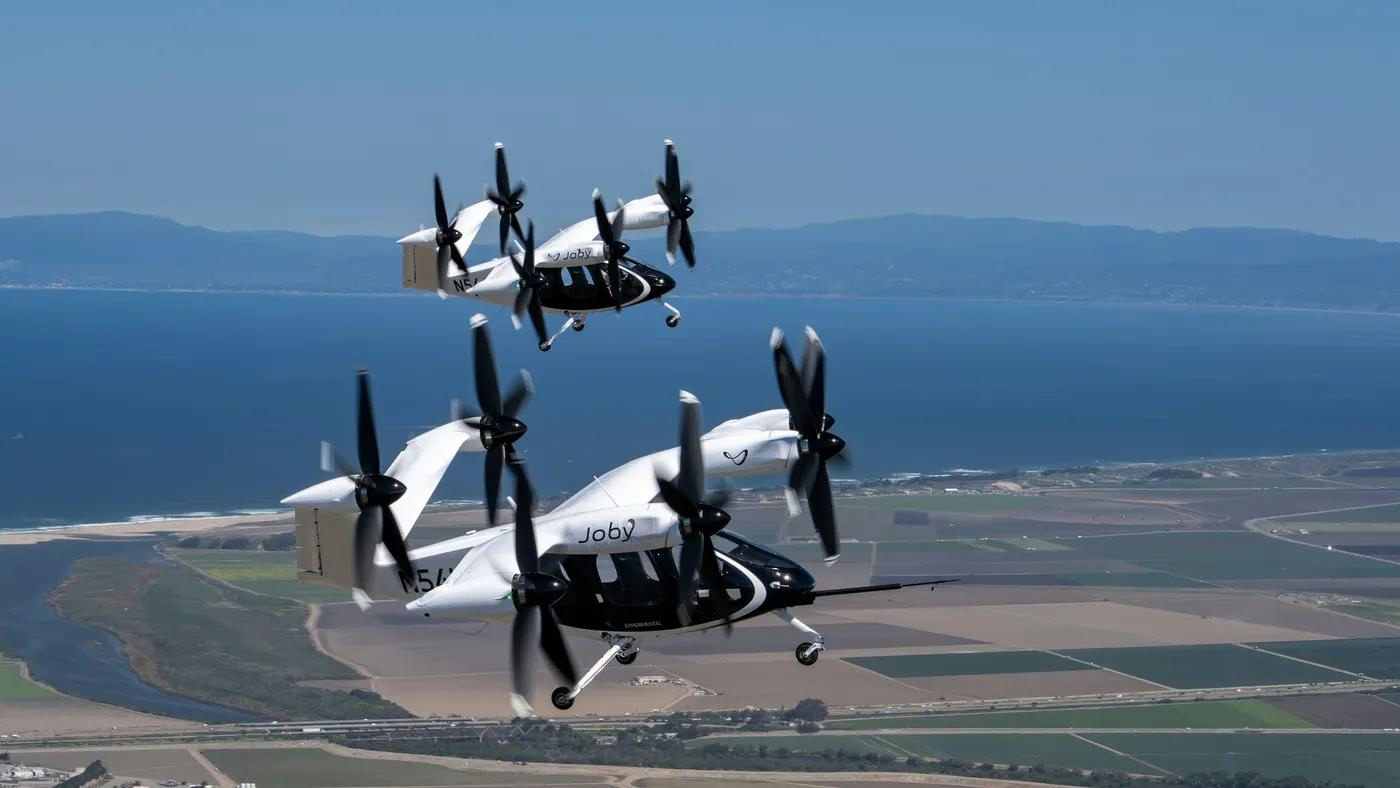
VTOL Aircraft Set to Begin Urban Operations in U.S. Cities by Mid-2026
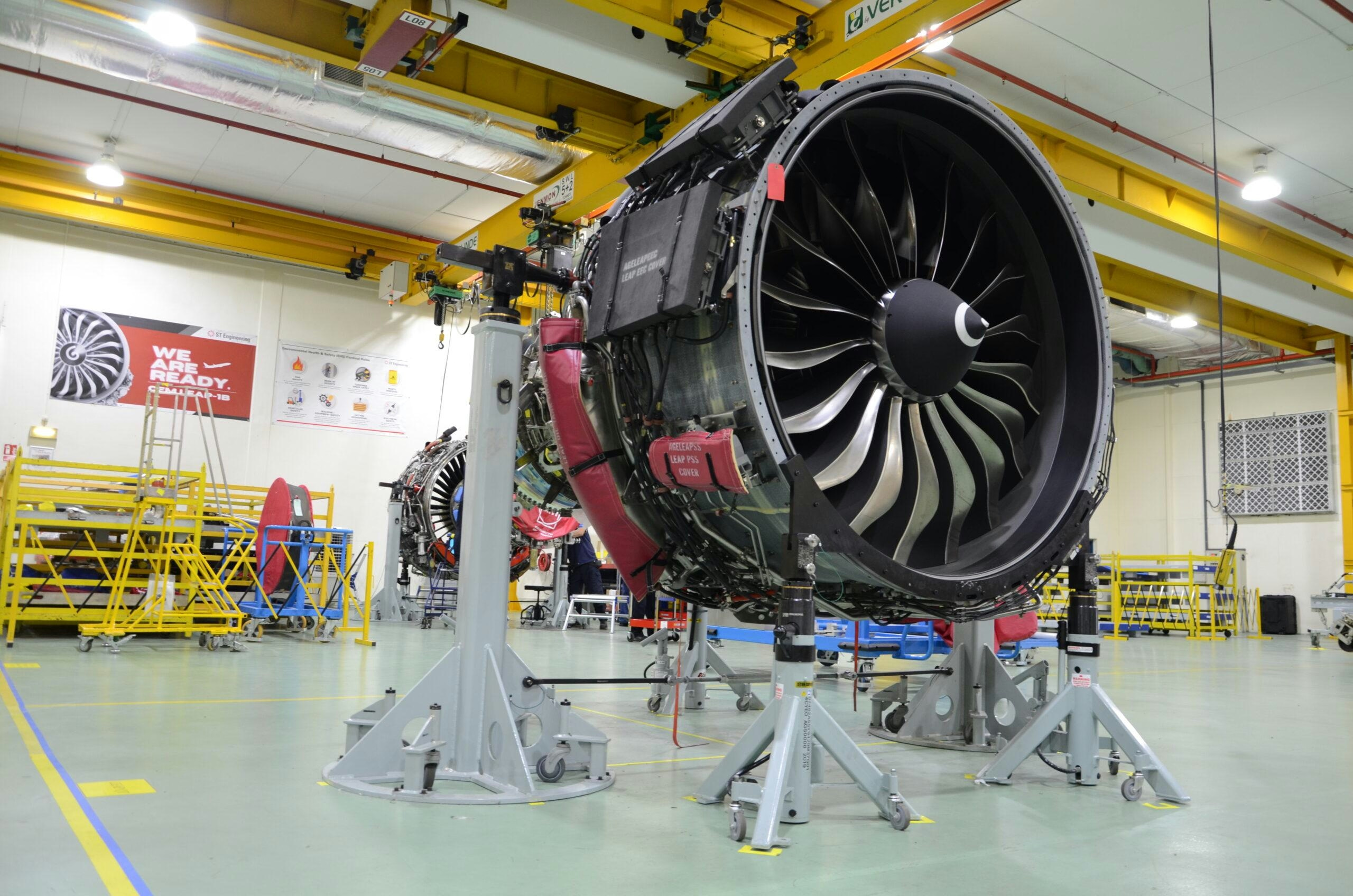
Ramco Systems to Provide Aviation Software to Powerhouse Engines in the US
